|
We reached out to our Jackson Wild Media Awards filmmakers to ask them five questions about the experience of making their films.
What inspired this story? Producer, Director, and Host Bertie Gregory: The island of South Georgia has one of the highest concentrations of wildlife on the planet. Paired with 9000ft glaciated mountains that erupt straight up out of the ocean, and a week-long sail in a 50ft boat through some of the roughest ocean on the planet, it was a bit of a no brainer as a location for a wildlife adventure series. We wanted to get to know 4 of the toughest species that call this place home. Whether is be sass, teamwork, endurance, or city living, I wanted to capture their different survival strategies. That said, the key reason I chose this place was its presentation of the very best and worst in our own human nature. From Captain Cook’s discovery of the island to the whaling era and now its comeback, we wanted to show what’s possible when you protect a place. Were there any surprising or meaningful moments/experiences you want to share? BG: During the filming of the macaroni penguin episode, I was sat about 20m from where the adults were leaving and returning from their daily hunting trips at sea. Out of nowhere, a male Antarctica fur seal came bolting out of the water, running on its front flippers, towards a group of penguins waiting for their turn to enter the water. Having read zero accounts of Antarctic fur seals hunting macaronis on land I couldn’t quite believe it when the seal grabbed one and began thrashing it around. It was pretty brutal to watch but the real surprise came when the penguin managed to slip out the grip of the seal and get away. The seal turned its attention towards another group. As the seal ran across the rocks, almost all the penguins scattered. All except one who having just watched his comrade get thrown around, turned and faced the seal. The little penguin put its fins out at the seal as if to say, ‘come at me’! The seal looked pretty unsure of what to do and after a brief standoff, turned and headed back to the water. That was certainly one bold little penguin. Any fun facts about the program, the subject matter or the production crew that might surprise the audience? BG: During the 7-day ocean crossing to the filming location, I got to know the bottom of a black bucket quite well. I named him Barry Bucket. Over the course of the journey we got to know each other quite well. I used to feed him regularly and then take him for a swim, before feeding him again. Why did you pick your presenter to be the on-camera host telling this story? BG: Because if I’d chosen someone else, I would have been out of a job!
0 Comments
We reached out to our Jackson Wild Media Awards filmmakers to ask them five questions about the experience of making their films.
Describe some of the challenges faced while making this film. Supervising Producer Jonnie Hughes: Our whole project (Our Planet) revolved around revealing that “biodiversity loss” is at least as big a threat to our future as climate change, yet it doesn’t get anything like the coverage. This is partly because the word “biodiversity” is so poorly understood as a term. It’s also partly because climate change has a black and white numerical target – “2 degrees Celsius warmer” – what’s our biodiversity target? Rather than avoid using the term, we decided to take it on, and make this short film to explain and express the true value of biodiversity – “our planet’s vital statistic”. How do you approach storytelling? JH: In this discussion there is a very real need to relate what is out there – the wilds beyond – to the everyday lives of ordinary people. Most people would just say that biodiversity is “nice to have”, but the truth is that it is fundamental to every aspect of the lives we lead, because biodiversity creates the very stability that our species relies upon to thrive. We tried to make that connection for people by exploring some of the multitudinous ways in which the living world helps us to live the lives we take for granted. Anything else you would like people to know? JH: The rate of biodiversity decline on Earth is absolutely terrifying. I’m not that old (50) and in my life time wild populations of vertebrates have decreased by, on average, 60%. At this rate, we will trigger a mass extinction within my next 50 years! We have to bend this curve, and rewild the world, for all our sakes! I can’t think of a more important message to spread.
We reached out to our Jackson Wild Media Awards filmmakers to ask them five questions about the experience of making their films.
What inspired this story? Series Producer Steve Greenwood: I was seven years old when I climbed my first mountain – Ingleborough, in the Yorkshire Dales. It was only 723 metres high but I felt like the king of the hill, looking down over the world stretched out below me. It’s a sensation I’ve never forgotten. All these years later I hoped to put that feeling into this series. I believe mountains make us feel differently about the world. They give us a different perspective on life. It doesn’t matter whether the highest peak we have scaled is Everest or the Brecon Beacons – anyone who’s hiked to the top has sensed that awe and wonder. That was the mood we wanted for this series. It’s also the reason why we wanted people to have a place in the series. Not only are humans a part of those mountain ecosystems, but our contributors can articulate what it feels like to have a life high up in the great mountain ranges of the world, whether it is a Buddhist monk or a dare-devil extreme skier. The three episodes all have a very different feel. Himalaya is the land of great extremes – the air is the thinnest, the mountains the highest. It is a land that can be grand, or terrifying. The Andes, because they stretch from south to north, pass through many different climatic zones. It is the mountain range of hidden worlds, each with their own specialist. The Rockies is the great temperate mountain range of the world where the weather can change on a dime - it is hard to know whether to pack shorts or snowshoes! The result is three very different films about three very different mountain ranges, but united - I hope – by that sense of wonder I first felt as a seven year old up the top of the Yorkshire Dales. Describe some of the challenges faced while making this program. Producer Alex Lancaster: Members of the squirrel family, marmots are mountain specialists, feeding on grasses lichens and seeds. To film Himalayan marmots we traveled to the edge of the Tibetan plateau in the province of Ladakh, Northern India. We were filming a marmot group that lived well over 13,000 feet, which made for challenging filming conditions. Everything takes longer at this extreme altitude, even the mundane daily chores. Night time temperatures sinks to 14 degrees Fahrenheit, and often we would wake up to find snow on the ground. After extracting ourselves from beneath the layers of sleeping bags and blankets we then had to allow extra time for dressing in all the extra layers needed for the extreme conditions outside. Surprisingly even the very simple act of boiling an egg for breakfast was effected by the altitude. Water boils at a lower temperature at high altitude, due to the decrease in air pressure, so it took over twenty minutes to cook an egg. We then had to hike with our equipment up to the filming location. Another consequence of the low air pressure at this altitude is that there is less oxygen in each breath, almost half that of sea level, which means during any physical activity we were quickly out of breath and needed a rest. Any travelling would take two or three times as long as it does at sea level. And this was all before filming began! Although we felt time was slipping through our fingers it was nothing compared to the problems the marmots were facing. Summers at this altitude are extremely short, just 3 months long, and in this short amount of time the young marmots must triple their body weight by eating only grass, readying themselves for an 8 month hibernation. So as challenging as it was for the crew, the clock was really ticking for the marmots. Any fun facts about the film/program, the subject matter or the production crew that might surprise the audience? Series Producer Steve Greenwood: As well as telling the stories of the iconic big animals that live in mountains – the grizzlies, snow leopards and puma – we wanted to surprise the audience with the little critters that also make their home above the clouds. In the Himalaya it was the Himalayan jumping spider – the highest living creature in the world. The team had to trek up to Everest base camp to find and film these creatures. Each of the great mountain ranges in our series has a type of big cat who prowls the ridges. Himalaya has the elusive snow leopard, the Rockies has the mountain lion (also called a cougar) and the Andes has the Puma – actually the same species as the mountain lion. We were keen that each big cat told a very different story of life in the high mountains. For the snow leopard, producer Alex Lanchester and cameraman Simon de Glanville travelled to the village of Kibber, high in the Spiti valley of northern India. At nearly 15,500 feet it is one of the highest villages in the world and the villagers rely on their sheep and goats for survival. Alex wanted to tell the story of how villagers and big cats manage to share the same mountains without conflict through some ingenious conservation ideas.
We reached out to our Jackson Wild Media Awards filmmakers to ask them five questions about the experience of making their films.
What inspired this story? Writer, Producer, Co-Director Andrea Walji: I was inspired to tell this story after many years of following grassroots programs and NGO’s on the ground in India and Africa and speaking to them, hearing their stories about the illegal pet trade and the illegal trade in live animals, which many people don’t even know about. Sadly we all hear about horrific poaching stories and seizures of ivory or pangolin scales or lion bones are confiscated. However when these animal parts are traded, it’s already too late for the wildlife at stake, they’re already dead. We need to be highlighting the trade in live animals, so that they don’t have the same fate. The biggest inspiration for me was tying in the social media aspect to the story. The amount of people who pay money to pose and take selfies with exotic caged, maltreated wildlife angers me; and when I see these images all over social media, I knew I had to start talking about it and start a movement to end this! Describe some of the challenges faced while making this film. AW: Despite spending a fair amount of time looking for wild cheetahs in Namibia and South Africa over 2 separate trips of filming, we didn’t see one single wild cheetah, and therefore all of our footage has been shot in sanctuaries with semi-wild cheetahs. I think this only goes to show how quickly the cheetah population is shrinking. What impact do you hope this film will have? AW: I hope this film will educate the global public about the illegal pet trade, and the horrible truths behind how one gets a pet cheetah in the first place. My ultimate goal is for the film to get the public to stop pressing “like” on social media, posing for selfies with exotic animals and treating them as commodities, and instead to speak up and comment “Not A Pet”. As Patricia Tricorache says in the film “this has to become socially unacceptable.” I want this film to create a movement against having exotic animals as pets, because to make this uncool and unattractive will help stop the demand and reduce the trafficking of them. What's next? AW: I have just produced a short film on Natural Climate Solutions, featuring Greta Thunberg and George Monbiot, which was released in September, 2019 for the UN Climate Action Summit in New York. I am now hoping that I can get funding to continue the series of Not A Pet. It would make such a strong series of shorts; covering other animals that should be left in the wild and not traded as pets, such as tigers, lions, reptiles, birds, and apes. How can audience members take action to help the cause or issue featured in this film? AW: For every social media post they see of people posing and bragging of being with an exotic animal, comment “Not A Pet” and do not press “like”. Inform their friends as well, and tell people not to buy or pose with exotic animals, as it only perpetuates the trade and abuse.
We reached out to our Jackson Wild Media Awards filmmakers to ask them five questions about the experience of making their films.
What inspired this story? Supervising Producer Jonnie Hughes: The Worldwide Fund for Nature (WWF) produces a health check of the planet every two years called the Living Planet Report – this was inspirational in summing up the totality of the challenge facing us in the coming decades. Describe some of the challenges faced while making this film/program. JH: Delivering such a grand narrative in just 8 minutes required a lot of discipline in the laying out of the argument. The order and timing of our various revelations was critical, and we switched the structure of the film a number of times before it felt like it was landing as we wanted. Our challenge was to build a series of 8 films, available to all online, that would compliment the "biome" structure of the 8 episodes of the Our Planet series on Netflix, but that would also work systematically through the key problems and solutions that our species must engage with to reset its relationship with the planet. The issue was that the problems and solutions don't in fact fit neatly into 8 biome stories! What impact do you hope this film/program will have? JH: We hope that the audience would feel inspired to hope for a better future – there is a path to sustainability, and the outcome of taking that path is not only a more sustainable existence, but a happier, healthier existence too. There is no reason not to take it! The story contained in this series of short films examines the most important question of our times - how do we design a life for ourselves on this planet that enables both ourselves and the rest of life on Earth to thrive? We hope that, told within such high pace, short-form films, and freely available on the web, as many people as possible would be able to consider this question, and, like us, come to see that there is an inspiring answer. How do you approach storytelling? JH: Our tactic for squaring that circle was to define a key characteristic for each biome without which it couldn’t function – it’s “heart”. For grasslands the heart was “space”, for fresh water it was “flow”, etc. We then lined up the problems and solutions we needed to cover against these hearts and found a way of telling the stories in a cohesive manner. For example, wild grasslands are threatened because we eat into the space they need as a result of our increasing demand to grow food. So to save the grasslands, we need to take up less space to grow food. And the way to do that is for humankind to eat less meat and to improve the efficiency of its farming.
We reached out to our Jackson Wild Media Awards filmmakers to ask them five questions about the experience of making their films.
What inspired this story? Producer Tom Hugh-Jones: We wanted to make a high-end wildlife series that broke the mold – something that was both visually and narratively dramatic enough to engage people who don’t typically tune in to natural history programming. Describe some of the challenges faced while making this film/program? THJ: Making Hostile Planet meant taking on all the usual challenges associated with an ambitious wildlife project and then squaring them. We not only had the perennial problems of animal no shows, complex logistics in remote locations and troubleshooting ever-more technical kit - we also had to do all this in appalling conditions. Normally when the weather takes a turn, we pack up and head for shelter, but on Hostile Planet, this was when we were just getting started. Covering the ways animals cope in extremes meant the crews had to endure the same. To add to all this, because we were focused on maintaining the drama and pace throughout the series, the bar for a successful shoot was that much higher. Normally when you don’t capture a key behavior, you can still make an interesting sequence out of the pretty, quieter moments. On Hostile Planet, we were committed to making an really ‘sticky’ show that hooked the viewers and never gave them the chance to leave - so if it wasn’t truly dramatic, it simply wouldn’t make the cut. What did you learn from your experience making this film/program? THJ: We learned that you should always look to do something different and endeavor to push beyond your comfort zone. Interrogate the reasons why convention in genres exists and then try to find ways to evolve them. There’s never been a more critical time to communicate the beauty and importance of the natural world, and this means finding new ways to reach new audiences. How do you approach storytelling? THJ: Good storytelling in natural history is never easy, and especially when you have a multiple characters and locations, but these days, it is essential. You have to believe in the power of story - that characters, journeys and timelines will inevitably make for a more engaging film than thesis and generalities. Then you have to be totally committed to following that through; there are so many uncontrollable variables waiting to mess with your story structure plans, so only the most committed and adaptable will come out the other end with a coherent and entertaining narrative. What impact do you hope this film/program will have? THJ: I hope this series fills audiences with admiration for the ways animals manage to survive in near impossible circumstances and encourage people to ensure their actions don’t make life any harder for animals than it already is. Were there any surprising or meaningful moments/experiences you want to share? THJ: Shooting in such hostile conditions brought many unexpected problems. When we filmed Arctic wolves in the depth of winter, it got so cold that our long-lenses all cracked. When we filmed penguins in the Falklands, the crew had to weather the worst storm in 30 years. In the Colombian jungle, the crew that covered lightning storms had to evacuate the location because of threats of kidnap. And when we followed fennec foxes in the Sahara, it got so hot that one of the vehicles burst into flames. We reached out to our Jackson Wild Media Awards filmmakers to ask them five questions about the experience of making their films. What inspired this story? Director and Producer E. Chai Vasarhelyi & Director, Producer and Director of Photography Jimmy Chin: The story was really inspired by Alex. We were fascinated by Alex as a person, this shy, awkward kid who was a bit of a loner, who started free soloing because it was scarier for him to reach out and ask someone to be his climbing partner than it was to climb without a rope. At its core, the film is really about fear: it’s about the things Alex is afraid of, from his romantic relationship with Sanni to free soloing El Capitan, and the ways he challenges himself and conquers those fears. Describe some of the challenges faced while making this film/program. ECV & JC: Physically, it was a very challenging film to make. El Capitan is a 3,000-foot wall. We’re carrying all our camera equipment, we’re building our cameras on the wall — it was a pretty significant physical task. It took a tremendous amount of planning and choreography. Over the course of the two years Alex was practicing, we were essentially also practicing how we were going to shoot it in preparation for the big day. It was also a very emotionally and intellectually challenging. Not a day went by where we didn’t think about the worst happening. We spent a lot of time thinking long and hard about what the observer effect could be. Would our presence would make it more dangerous for Alex? Would the pressure of the production push him to do something he wouldn’t normally do? Those questions never really went away. What impact do you hope this film/program will have? ECV & JC: We hope that seeing Alex accomplish his goals, from teaching himself how to hug and how to speak to strangers, to free soloing El Cap, just resonates with people who are wrestling with challenges and dreams of their own. Alex’s story really shows that through hard work, and living life with intention, you can really push through your fears, and make the impossible possible, and that’s what we hope people take away from the film. |
Archives
March 2024
Categories
All
|
Contact UsJackson Wild
240 S. Glenwood, Suite 102 PO Box 3940 Jackson, WY 83001 307-200-3286 info@jacksonwild.org |

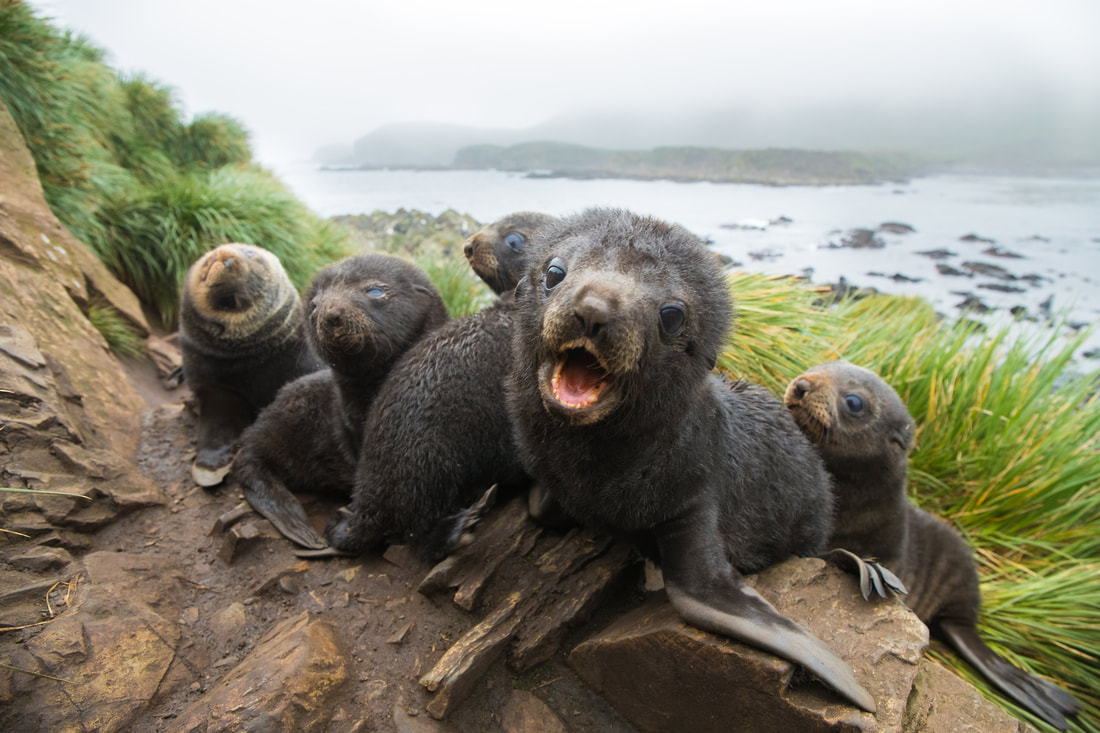
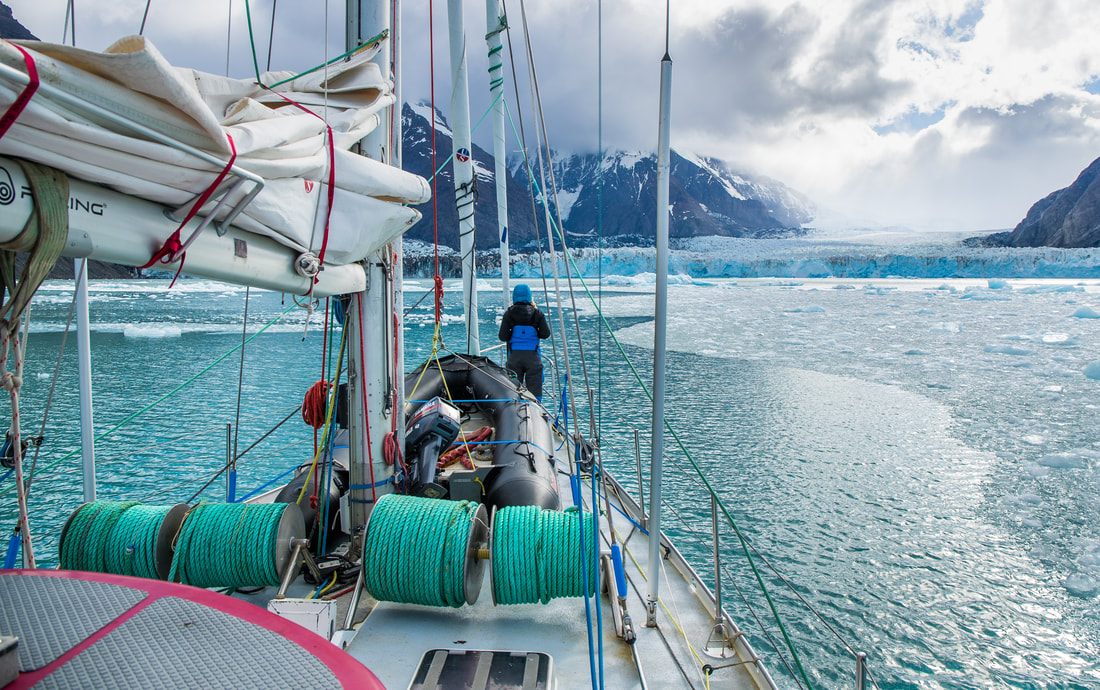
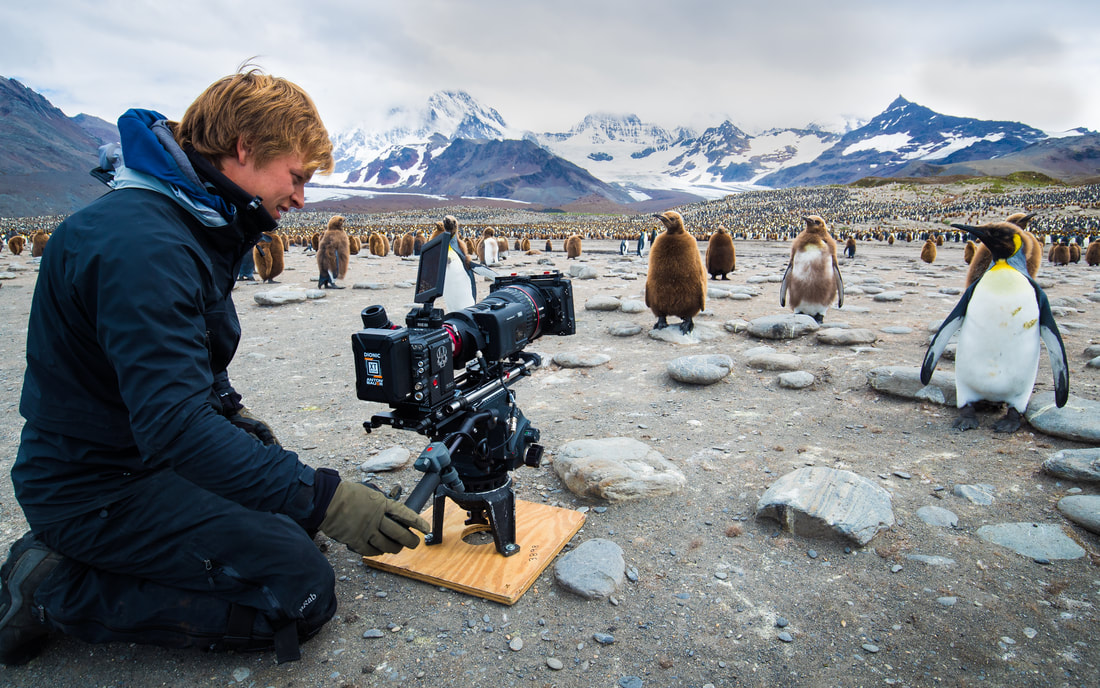
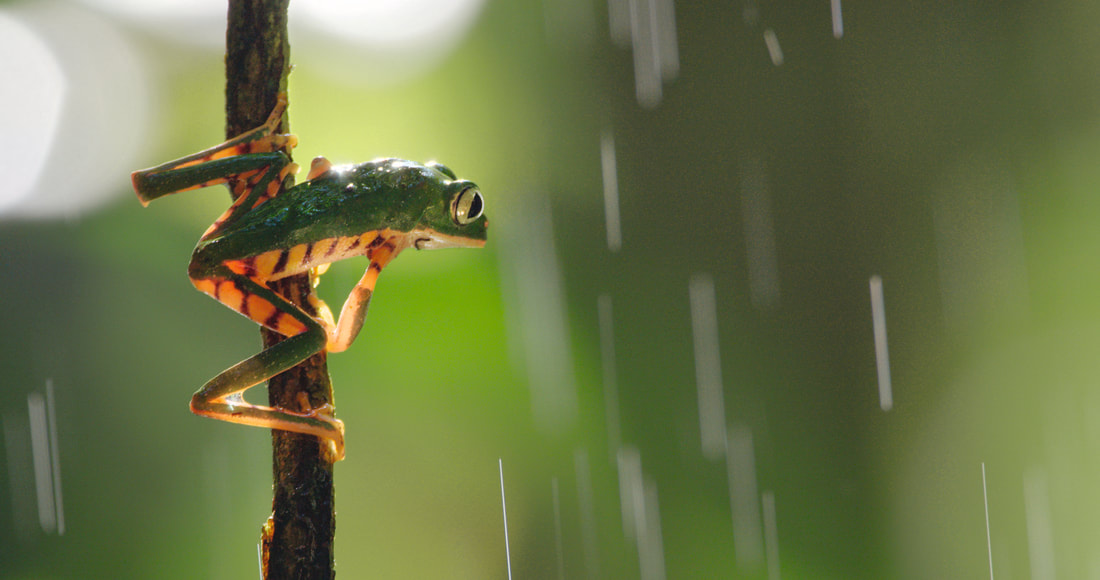
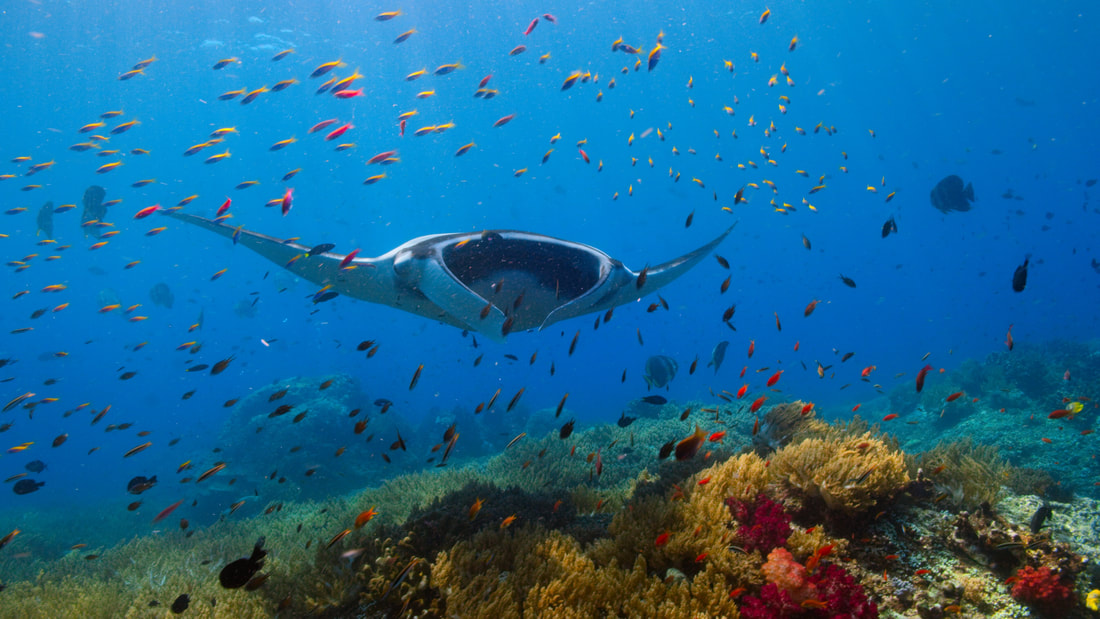
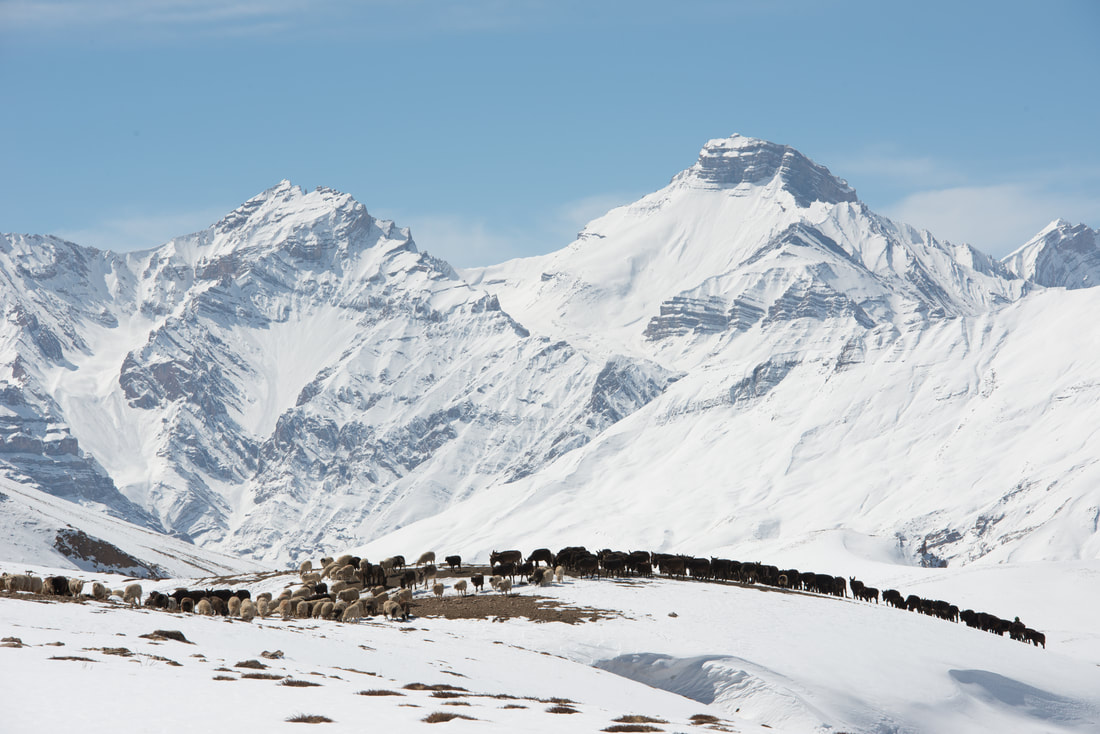
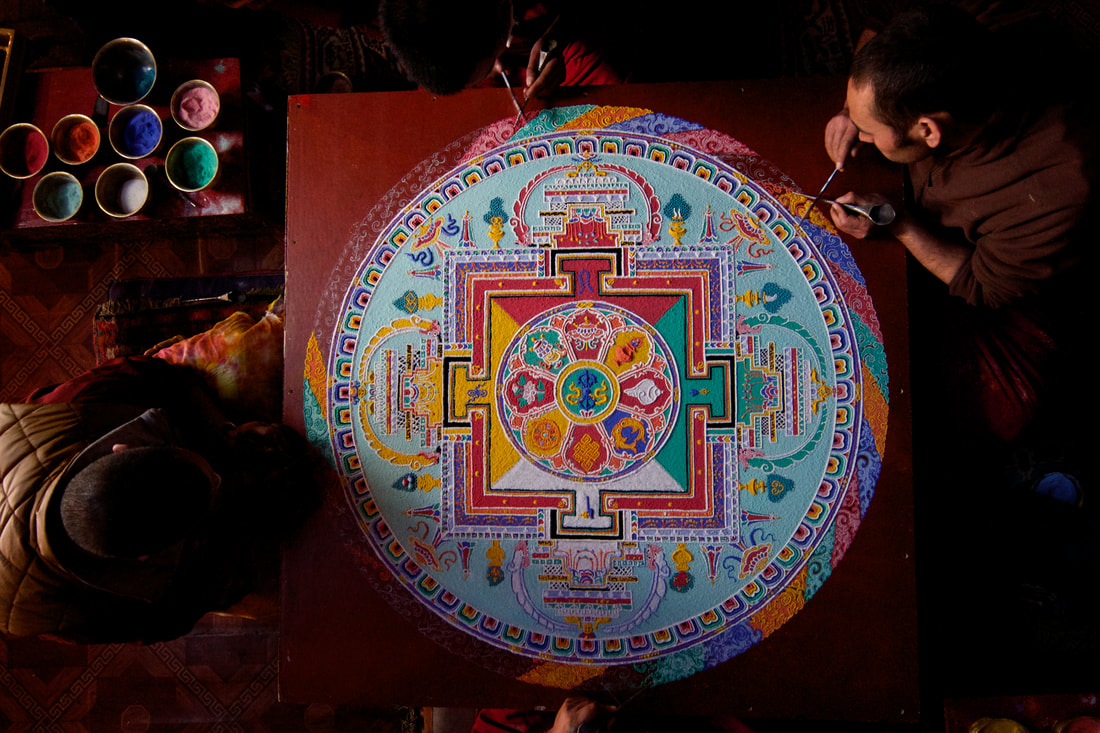

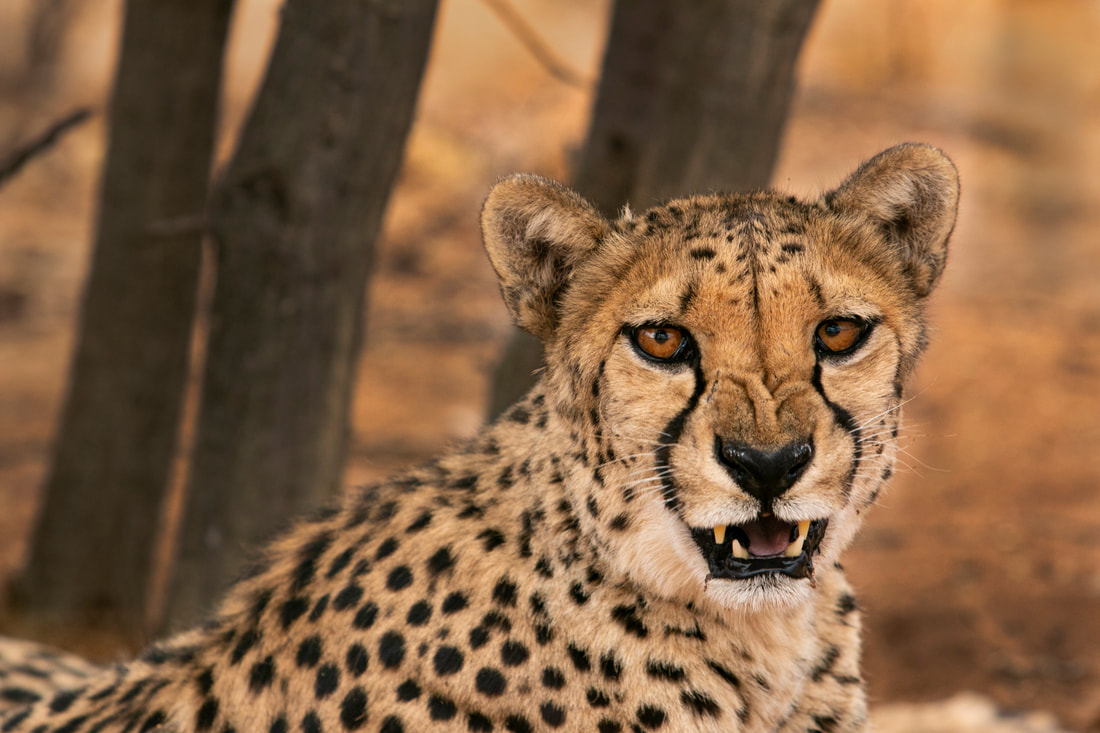
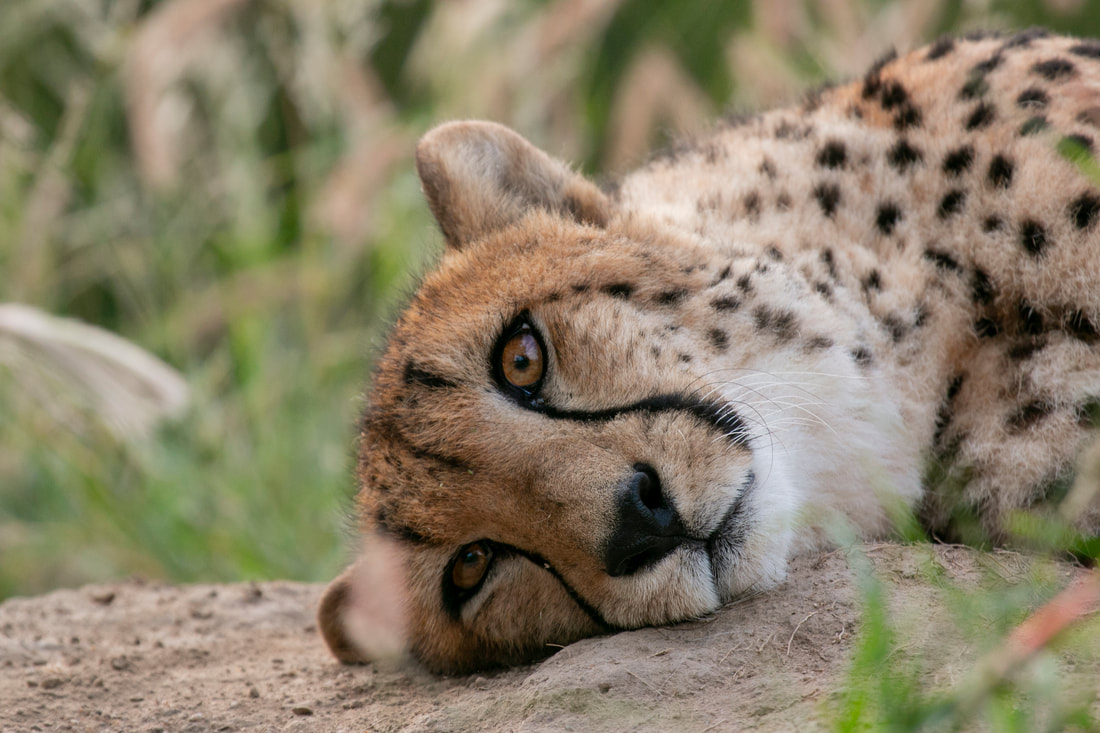
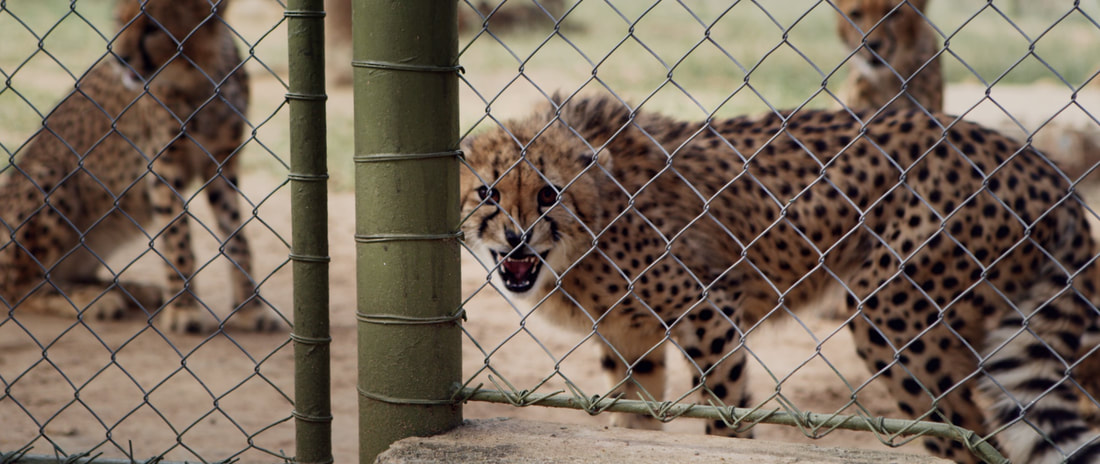
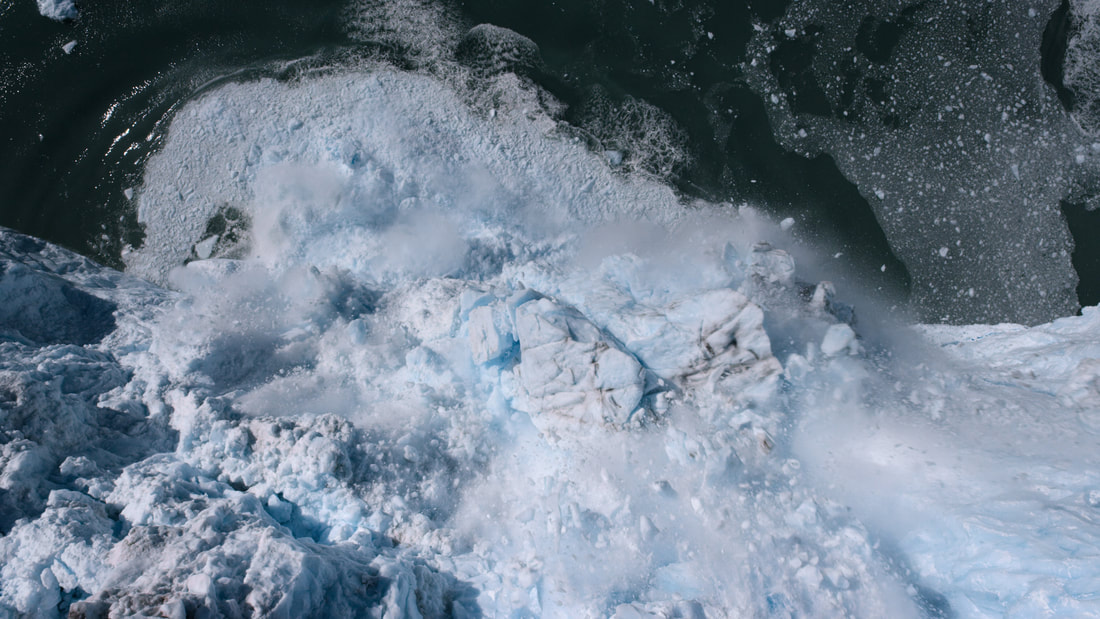
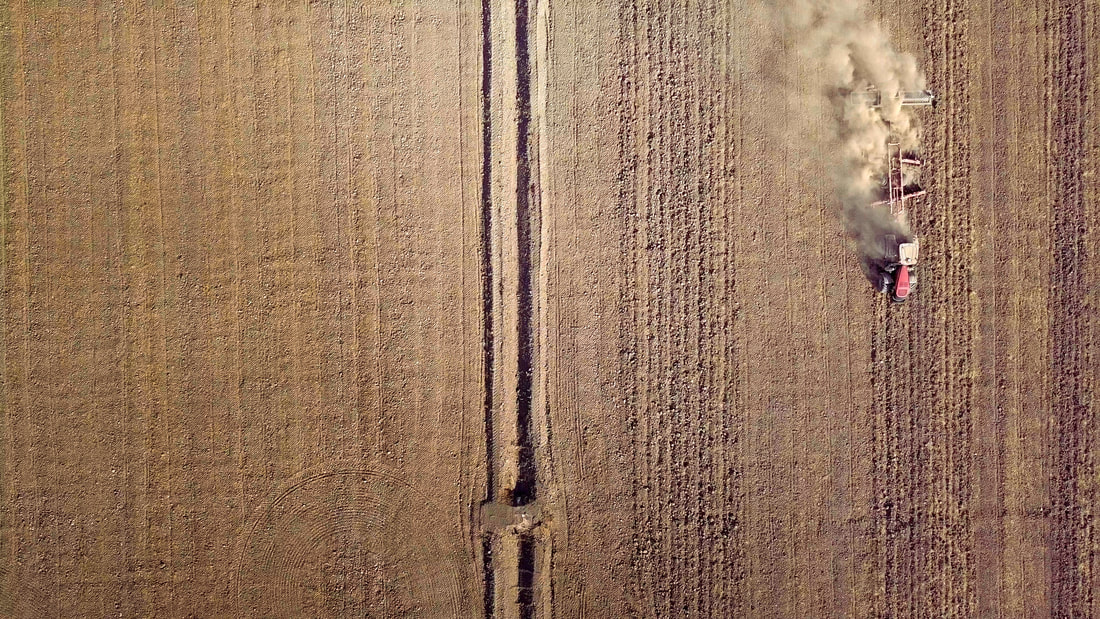
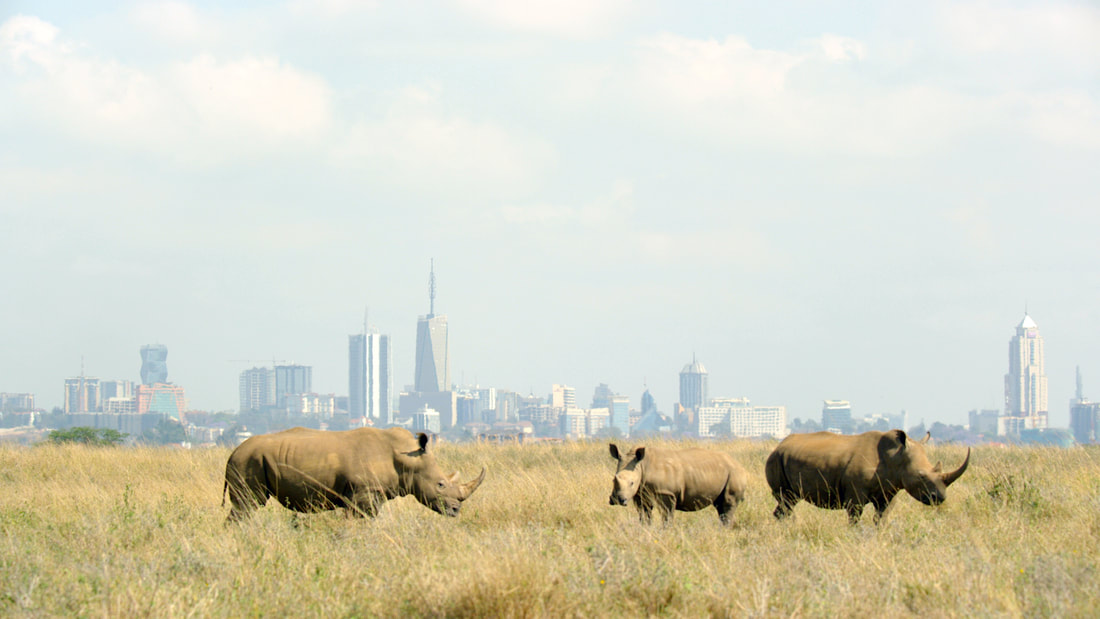
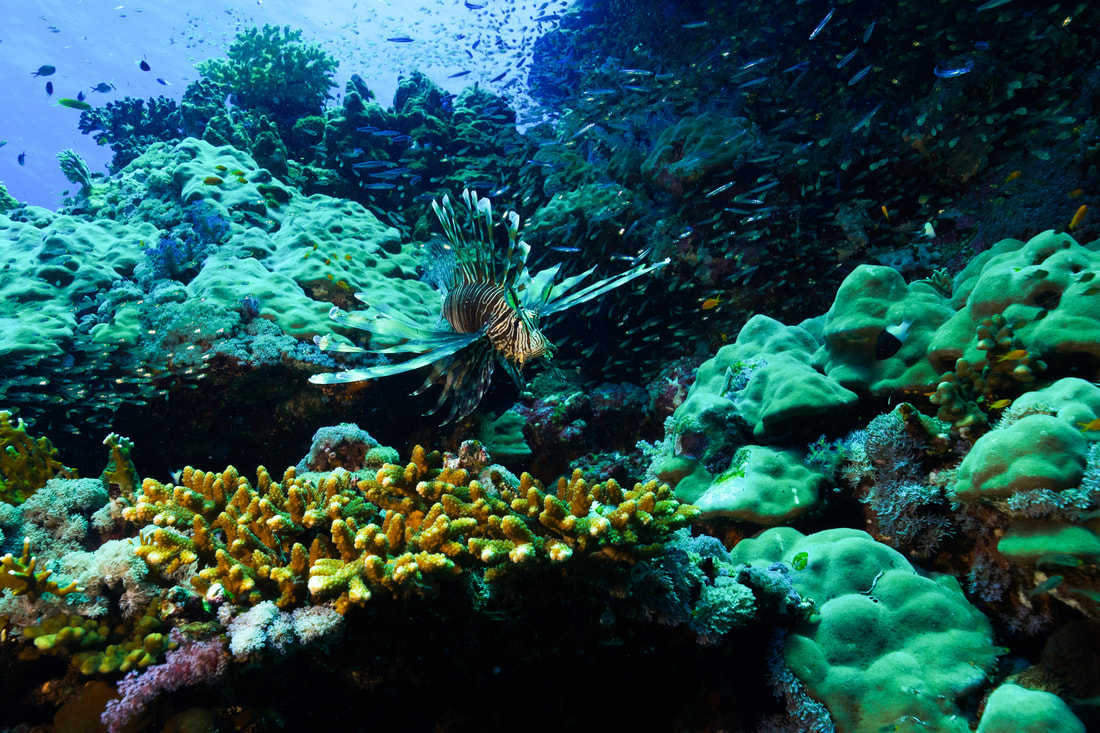
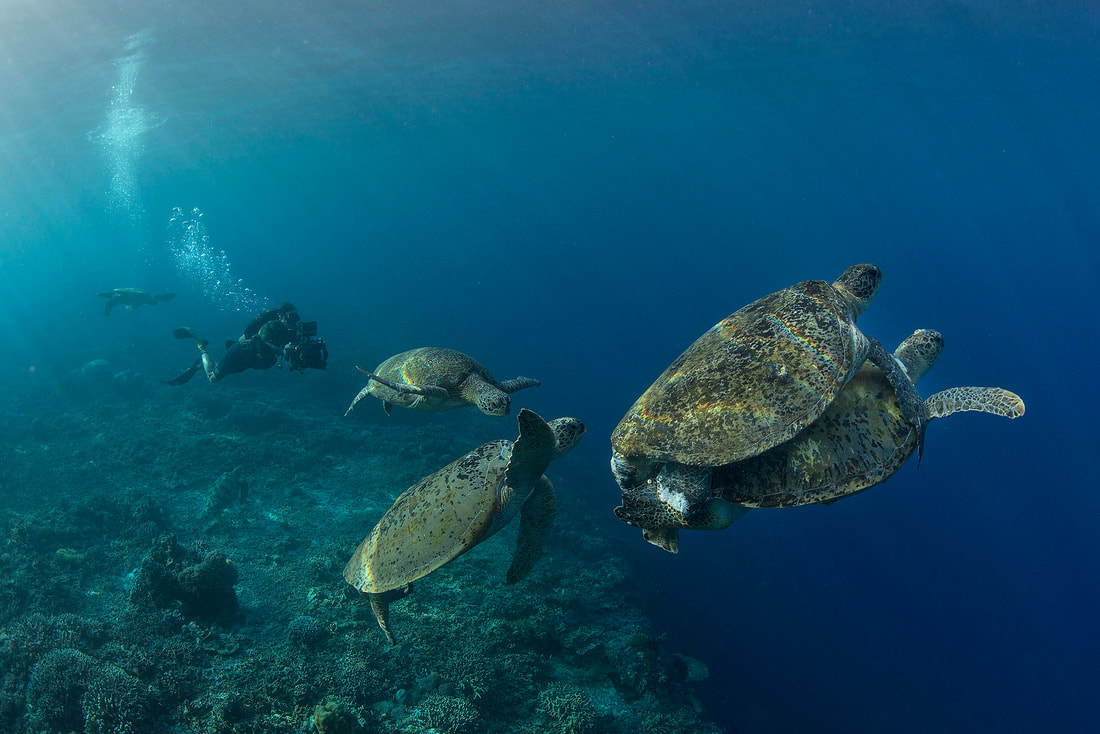
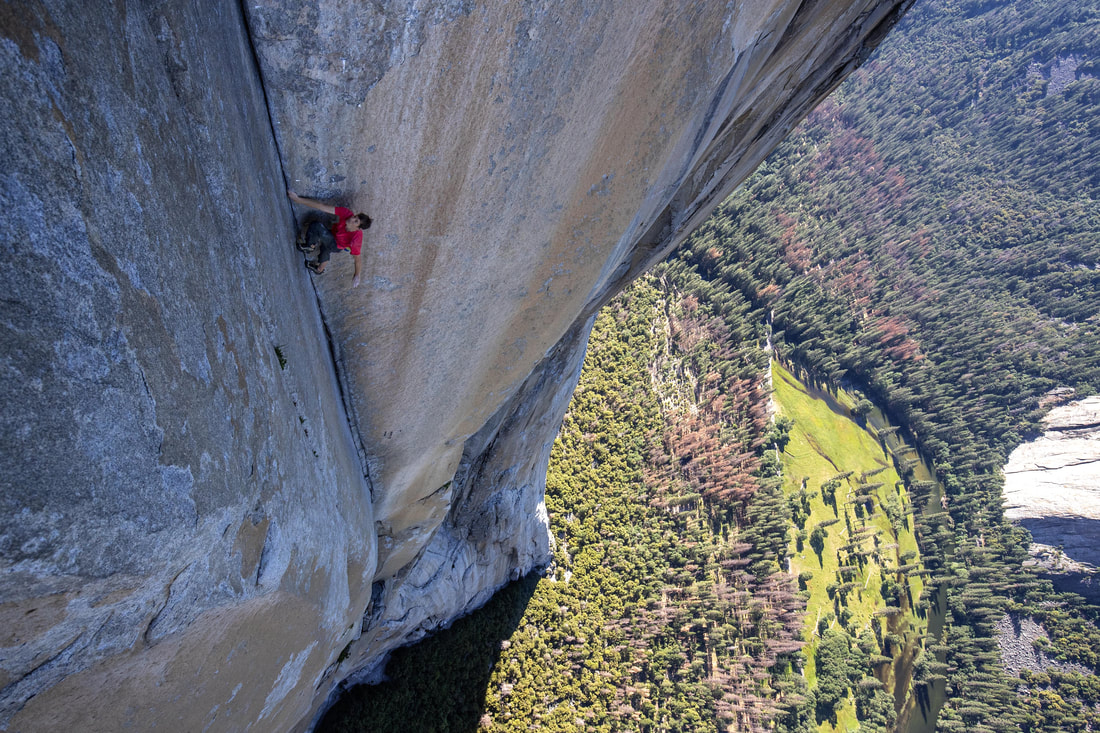
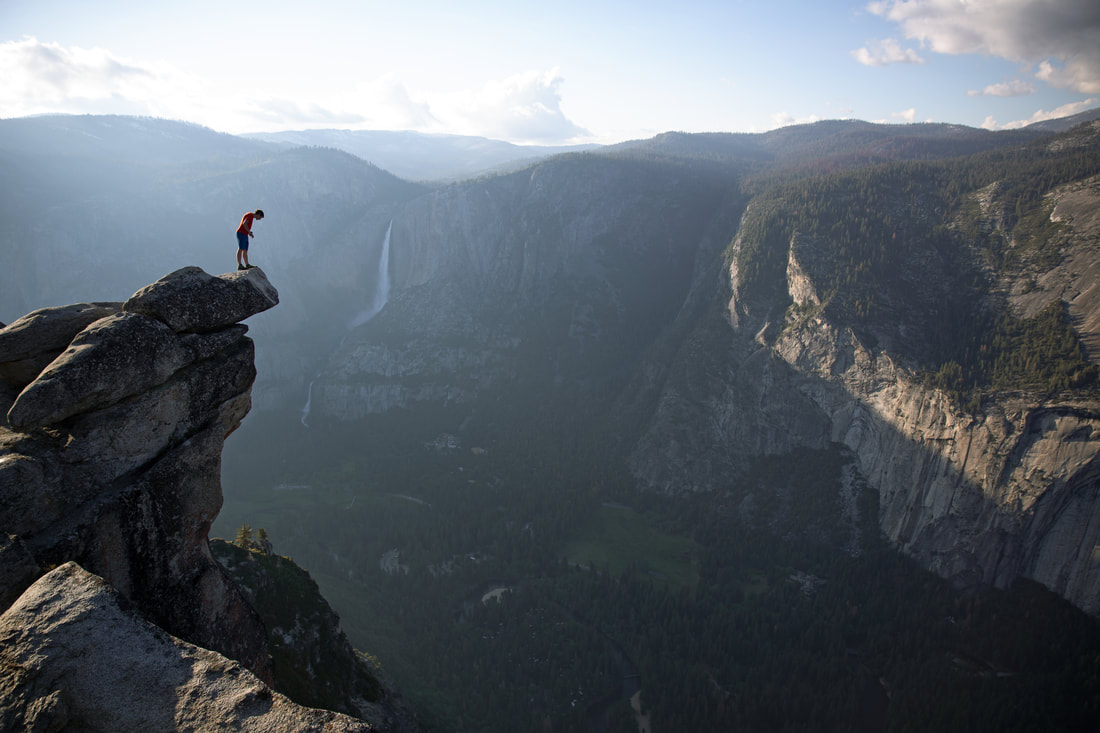
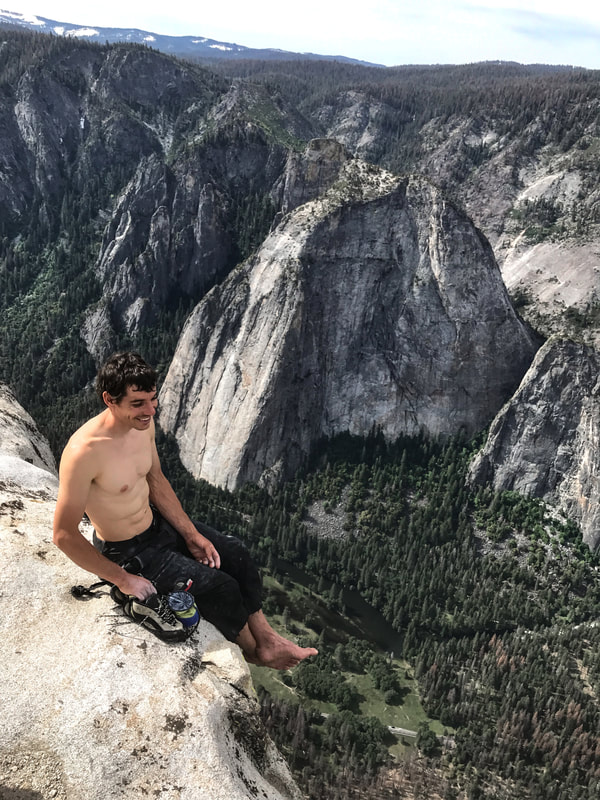
 RSS Feed
RSS Feed